
In a recent Q&A post, atburi writes that he is learning about building science while planning a two-story house with a cathedral ceiling in climate zone 7A. In thinking about the roof assembly, his two priorities are a high R-value and longevity. He’s come up with two different options for the assembly, and would like the community’s advice. Here are his ideas:
Option 1:
– Interior decking
– Strapping (for interior service cavity)
– Vapor barrier (Intello Plus or 6 mil. poly)
– TJI roof joists 16 in. deep @ 16 in. OC (mineral wool batts or blown-in cellulose)
– Strapping (2×6 laid parallel to the eaves)
– Sheathing (1/2-in. OSB, taped)
– WRB (Solitex Mento Plus)
– Metal roofing
Option 2:
– Interior decking
– Strapping (for interior service cavity)
– Vapor barrier (Intello Plus or 6 mil. poly)
– TJI roof joists 16 in. deep @ 16 in. OC (mineral wool batts or blown-in cellulose)
– Sheathing (1/2-in. OSB, taped)
– WRB (Solitex Mento Plus)
– Exterior insulation (2-in. EPS)
– Strapping (2×6 laid parallel to the eaves)
– Metal roofing
He also had two more detailed questions concerning his options:
1. For insulation within the TJIs, would blown-in cellulose (likely loose packed) be better than two layers of Rockwool? (Cellulose installation equipment is available through a local building supply store but very few builders use cellulose in the region.)
2. For strapping, I’m guessing that boards laid parallel to the eave will restrict the ventilation channels from the eave to the ridge vent, so should there be two layers of strapping (vertical below and horizontal on top) or diagonal strapping instead?
So, what is atburi’s best path to a sturdy and well-insulated roof? That is the topic for this Q&A Spotlight.
Consider thermal bridging
Rockies63 kicks off the conversation by suggesting atburi contact the Cold Climate Housing Research Center for advice.
The second comment comes from matthew25, who likes Option…
Weekly Newsletter
Get building science and energy efficiency advice, plus special offers, in your inbox.

This article is only available to GBA Prime Members
Sign up for a free trial and get instant access to this article as well as GBA’s complete library of premium articles and construction details.
Start Free TrialAlready a member? Log in





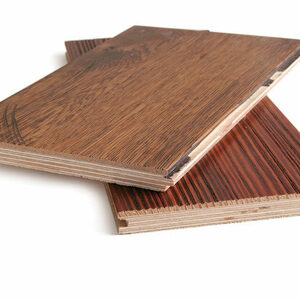
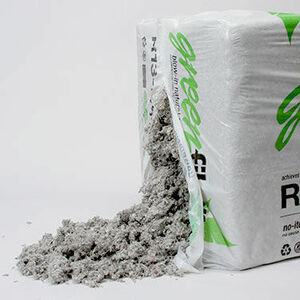
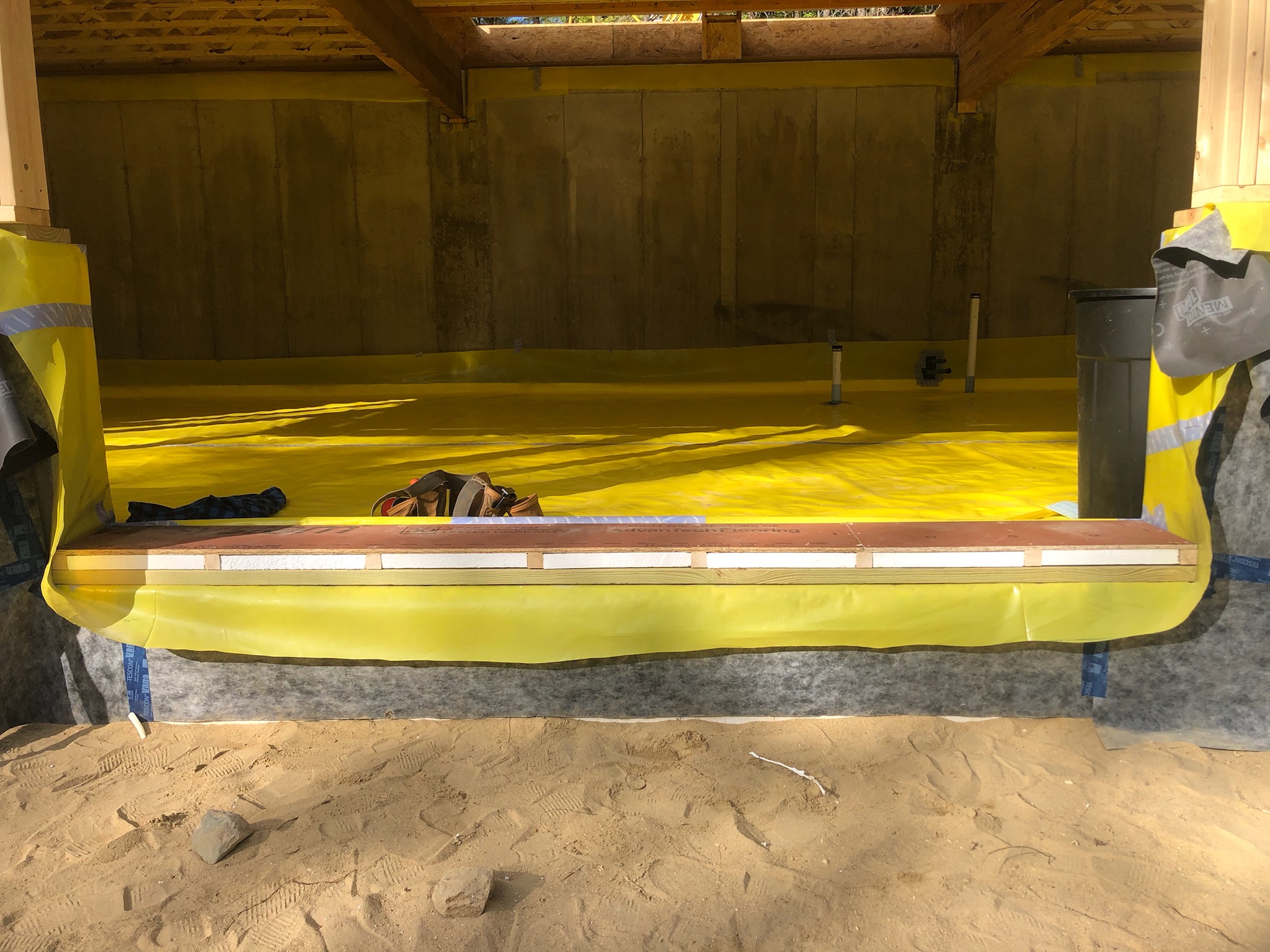
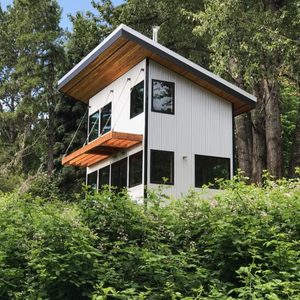

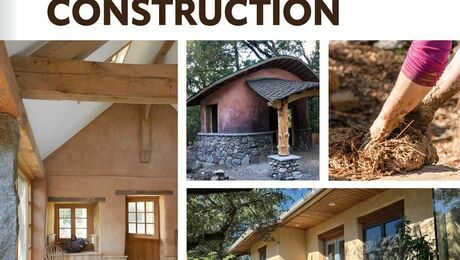
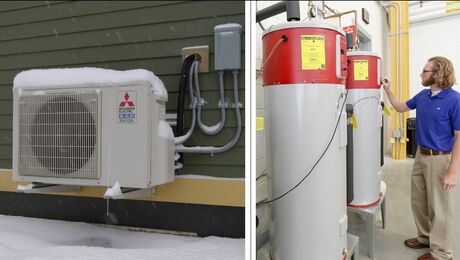
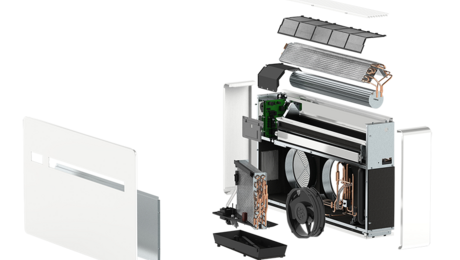


9 Comments
I think there must have been some miscommunication between atburi and Westform Metals. Although they suggest a solid substrate (and I agree it's preferable in most situations too), they allow their snap-lock panels to be installed over strapping, and they seal fine. My own house used them that way.
What about SIP roofs? They clearly pass the high R-value criterion. Is there a concern about durability? Cost?
I recently did 2x12 douglas fir rafters 16OC with "R30" Rockwool, 7/16 ZIP sheathing (roll the tape!) with 5-1/2" of EPS foam board over it, 2x4 strapping fastened to the rafters through the foam board, and a 5/8 OSB roof deck for shingling - I would have skipped the 5/8 OSB had they gone with metal roofing. So it effectively put R28-ish on each side of the structural roof sheathing, minimizing condensation opportunities in both the hot and cold seasons, while still properly ventilating the roofing deck - and no interior vapor retarder required. This is on a 28x40 cape-style home in climate zone 6a with a ground snow load of 95 PSF.
A note about polyiso because I saw it was recommended: I wouldn't use it in zones 4a or above, as the higher insulation value per inch is only under warmer temperatures and it can actually have a lower r-value than EPS or XPS in colder temperatures. Polyiso and XPS also off-gas over time and lose some of their insulation value as a result, making EPS the more stable and cost-effective choice in my eyes (but still only as continuous exterior insulation, I don't trust any foam inside the building envelope.)
What about a roof system here in California where we have strict rules about roof venting and many of us designer prefer to fill the cathedral ceiling with a combination of high-density foam and fiberglass insulation with no roof venting. What is your suggestions or thoughts on this type of issue.
Thanks,
Paul
I think from a performance standpoint, most folks would be very happy to do an unvented roof with sufficient rigid insulation above the sheathing for the climate zone. It's usually cost that pushes people towards a vented cathedral ceilings. Option 3 in this article is one example: https://www.greenbuildingadvisor.com/article/five-cathedral-ceilings-that-work
I love the detail of this article and discussion, thanks. I'm designing a simple shallow gabled roof and going through much research, I'm also very confused about the "wind washing" concern and wanted to try to spell out a solution, any feedback appreciated.
I've seen several examples where either Mento is used directly above the vented 2" space, then strapping over, then either another layer of wood sheathing or roof. But the key is that the soffit vents allow airflow into what is supposed to be the sealed building envelope. I know there's an interior (Intello) membrane too, so air sealing isn't too bad, but for all the work we put into the exterior wrap airtightness, why is it OK to let a lot of air flow directly between the exterior and interior membranes? Are we basically saying that the double membrane just doesn't hold for the roof, or that the amount of airflow going through just the roof is more minimal, or just worth it for moisture reduction?
Are there any other ways to combat this, like, what if the vented gap were ABOVE the exterior MENTO (which is after all very vapor open, isn't it something like 38 perms?) and then we still have that 2" gap at the top of the insulation, but the inner and outer air sealing of the whole building is intact? Does this potentially lead to a weird situation where you'd have plywood/osb on top of that vented gap, which then needs its own roof underlayment or membrane... i hesitate to say but a second layer of mento? Or if roofing can go on without any osb sheathing, the vent is now right under the roofing? I think I understand that the diagram at the start of the article effectively shows WRB wrap right against the insulation, protecting it from wind washing, and roofing underlayment on top of the osb sheathing. If we dont want to buy 2x expensive wrap like Mento, which should we use the "good" wrap for, the WRB inside or the underlayment outside?
Thank you!
Jywarren,
The roof assemblies that have a vented gap over the insulation should have baffles of some type with no gap below them. You can use a membrane over the rafters or trusses instead of individual baffles. https://www.greenbuildingadvisor.com/article/building-a-vaulted-high-performance-and-foam-free-roof-assembly.
Some assemblies forgo baffles above the insulation, and they do suffer the effects of wind-washing. This can be mitigated by using high density batts, or simply adding more insulation to make up for the losses.
Both the baffles (or membrane) over the insulation, and that on the ceiling are being used primarily as air-barriers. They are permeable, so they slow but still allow moisture to move through them, and there is no danger of sandwiching the insulation between them. That danger only comes from vapour-barriers, not vapour-retarders.
The possible third membrane layer in any assembly is the roof underlayment, which has a different function. It is mainly there as a secondary layer of defense against water intrusions from above.
Thank you for the clarification. Yes, I think the baffles I saw just didn't seem easy to air seal, so I wasn't thinking of them as the "6th side" - but that makes sense and I think in light of that I would probably try to use a vapor-permeable membrane for that layer.
Do you have any advice for which membrane to choose for that layer? It seems strange to put Mento inside of a layer of plywood sheathing. But if the priority for the outermost membrane is just waterproofness over the plywood (that plywood layer will be vented underneath for vapor management) then maybe something cheaper than Mento is most appropriate for that topmost layer just below the roofing?
Thank you!
jywarren,
The membrane directly under the roofing should be a roof underlayment. They are a specific product, much thicker so you can walk on them while installing the roofing, and usually impermeable. There are also code requirements for additional layers of protection on the eaves and (sometimes) the rakes too in most climate zones.
Log in or become a member to post a comment.
Sign up Log in